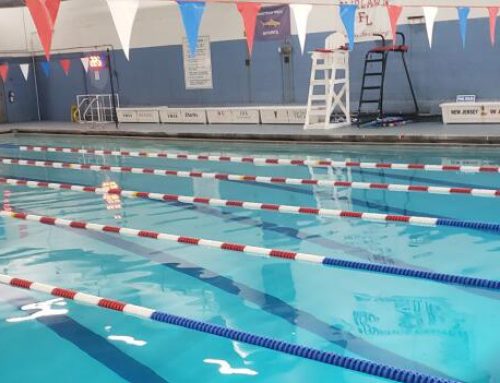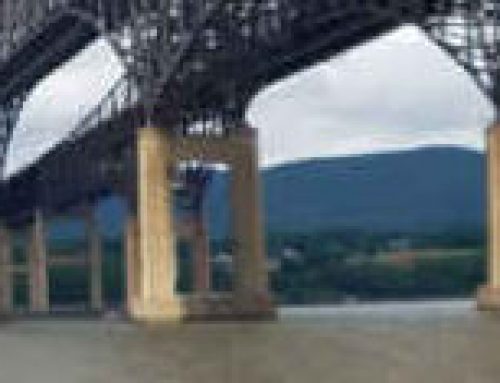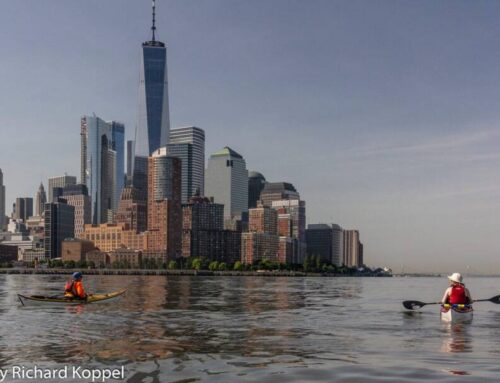From the seat of your boat, it can be difficult to make a distinction between a downstream wave, hole, or barely-submerged rock. Here’s a tip: It’s often easier to figure out what you’re facing by looking just below the feature.
For example, you see a hump of water and, just beyond it, a patch of flat water. That flat water is probably an eddy and the hump is probably a shallow rock making that eddy. Now, what if you see a similar hump of water with waves following behind it? That’s probably a much deeper rock making a wave. Or how about splashy whitewater just behind that hump? Probably a hole. I don’t recommend trying to memorize these as rules; They’re just some examples and there are lots of variations. Better to start working on your reading as you paddle. Look downstream and try to decide what something is. Then, as you go by it, watch how it looks as your view changes. Over time, you’ll gain an almost instinctive feel for what things look like from above.
When approaching a hole, it can be easy to become mesmerized by the white froth right in front of you, but here again looking below the feature can be helpful. Almost always, there will be one or more spots where you can see some current jetting out of the hole. These indicate weak spots where you can punch through. Line up, take a stroke, lean forward and you’ll bounce right through that scary wall of water.
Even after years of paddling, I still often face features I can’t fully identify until I’m almost on top of them. That’s where the maneuverability of our boats comes in so handy. You can get very close to a feature, line up for a potential eddy, turn upstream to catch a wave, etc., and make a last second adjustment if necessary.
If I’m really having a hard time figuring out what I’m looking at, getting out to scout is always a good option and, again, reading backwards can be a powerful tool. Standing on-shore, looking at a difficult rapid, it’s often much easier to plan your route starting at the bottom – where you want to exit the rapid – and then working your way up to the top.
Don’t be discouraged if it all looks like a big mess to you now. Learning to read the river is like learning a new language and full-immersion is the best way to get up to speed. Just keep paddling, looking downstream, testing your on-river theories, and playing with the river. It will all come into focus and you’ll be experiencing the joy of finding your own lines and even taking the lead soon.








